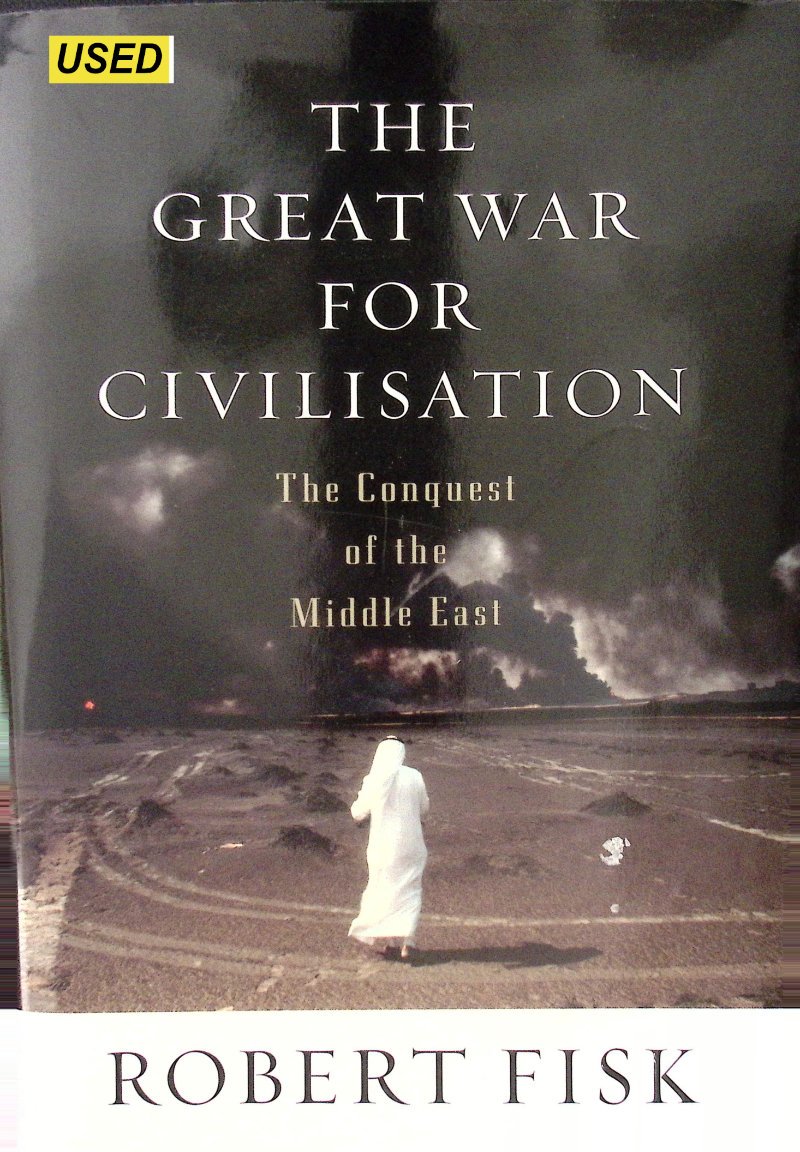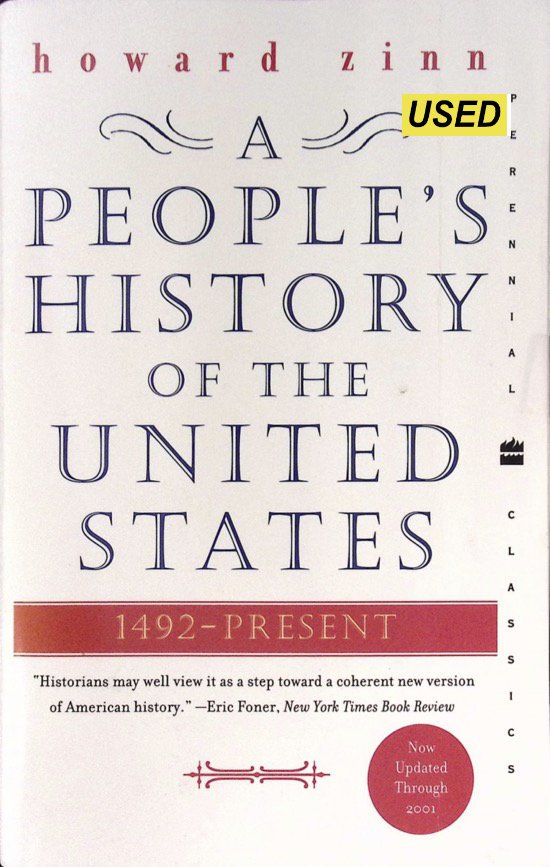By J. M. BEATTIE
Policing and Punishment in London 1660-1750: Urban Crime and the Limits of Terror delves into the intricate world of law enforcement and justice system in London during a transformative period in history. Through meticulous research and compelling narrative, J. M. Beattie explores the evolution of policing strategies, criminal justice practices, and the complex relationship between urban crime and societal responses.
Beattie sheds light on the challenges faced by law enforcers, the dynamics of urban crime, and the intricate balance between maintaining order and instilling fear in a rapidly growing city. This thought-provoking book unravels the intricacies of crime prevention, detection, and punishment in a metropolis grappling with both criminal activities and societal norms.
Policing and Punishment in London 1660-1750 is a must-read for history enthusiasts, criminology scholars, and anyone intrigued by the fascinating intersection of law, crime, and punishment in one of the world's most dynamic cities during a crucial era of change.
NY. . OXFORD.UNIVERSITY . 2001. 516p..





















